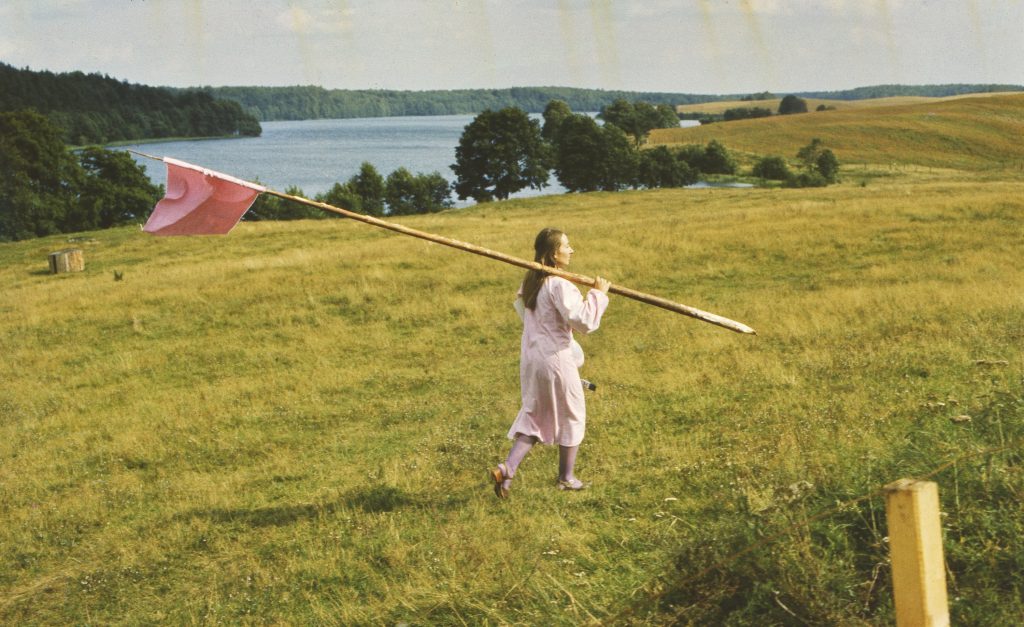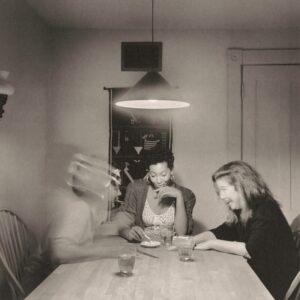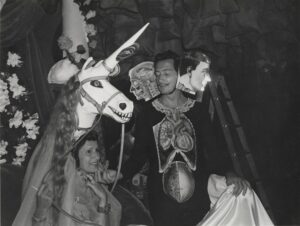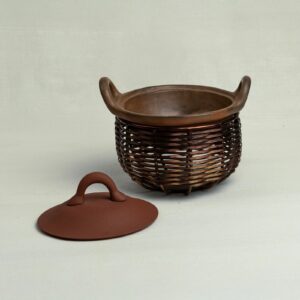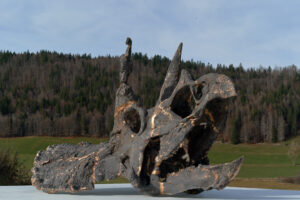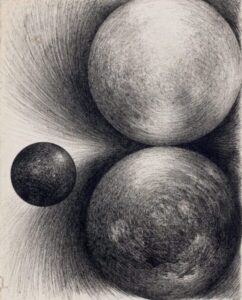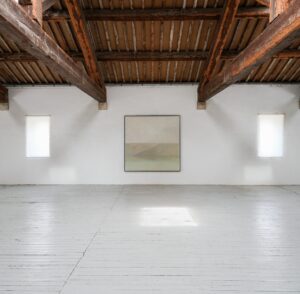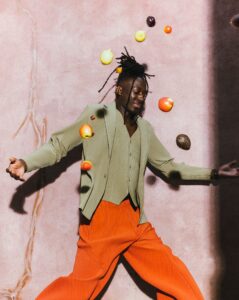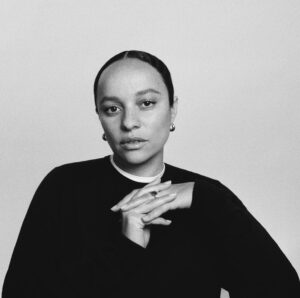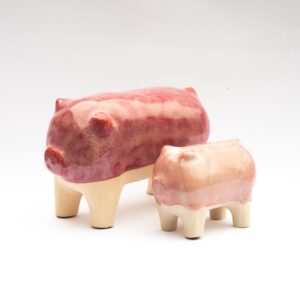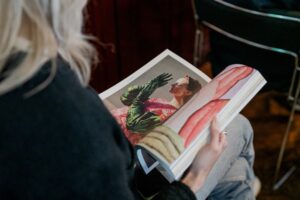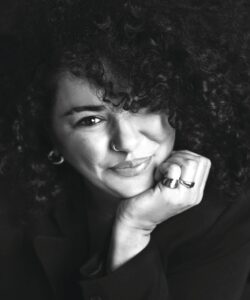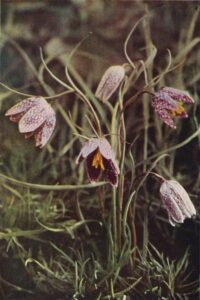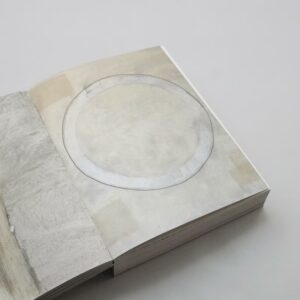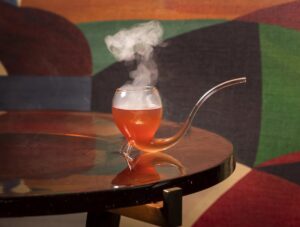Maria Pinińska-Bereś
Pretty Brilliant Women in the Arts
For generations, the story of art has been told through a singular lens. When the first editions of canonical books like Janson’s History of Art and Gombrich’s The Story of Art were published, they featured zero women artists. The Pretty Brilliant: Women in the Arts series aims to make whole what has long been a one-sided story. In these issues, featuring 583 artists, we celebrate women who have always been creating, innovating, and inspiring, like Maria Pinińska-Bereś.
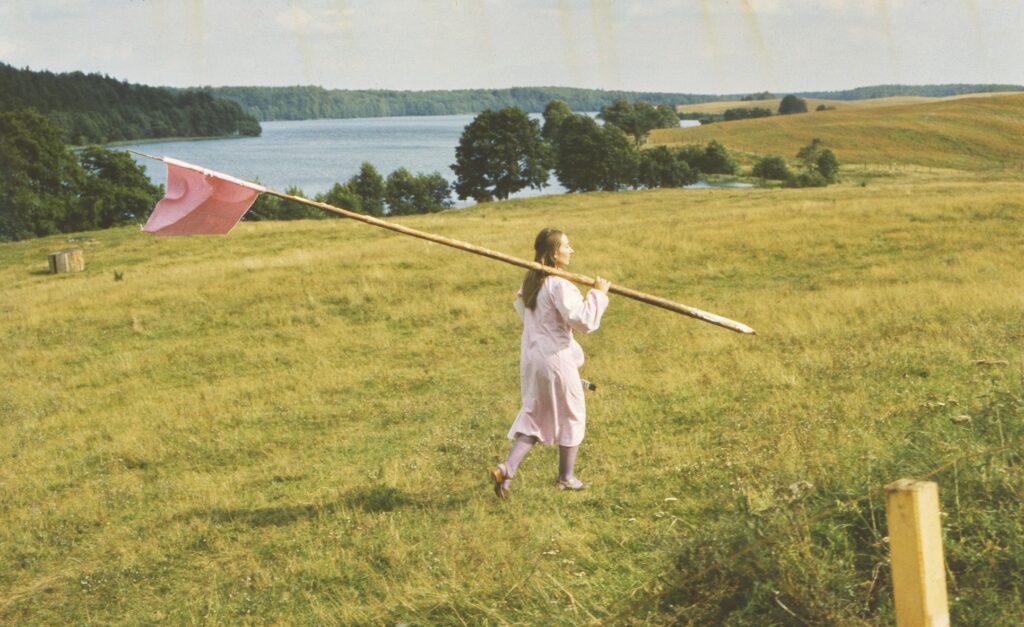
Initially trained in classical sculpture, the visual language of Maria Pinińska-Bereś (Poland, 1931-1999) grew to rely on more weightless and mobile materials. The Polish artist, driven by a necessity for total artistic autonomy – ‘For I had always dreamed of being able to carry my sculptures without anyone’s (any man’s) help’ – turned to forms which she believed would allow her to perform independently: papier mâché, sponge, plywood and fabric all became core materials of her sensual, humorous, fantastical, yet deeply critical body of work.
With Table I am Sexy (1969) a composition of three female body parts moulded out of papier mâché and arranged on a table adorned by a small flag bearing the titular sentence, the artist pointed at the site of a female body as subjugated under and constrained by the violence of male consumption, while in her later, site-specific performance art such as Landscape Annexation (1980) where dressed fully in her trademark baby pink and carrying an equally pink flag, she methodically marked an array of stones placed around a hill with a paint of the same shade, Pinińska-Bereś outwardly negotiated a space for herself as visual artist and a woman.
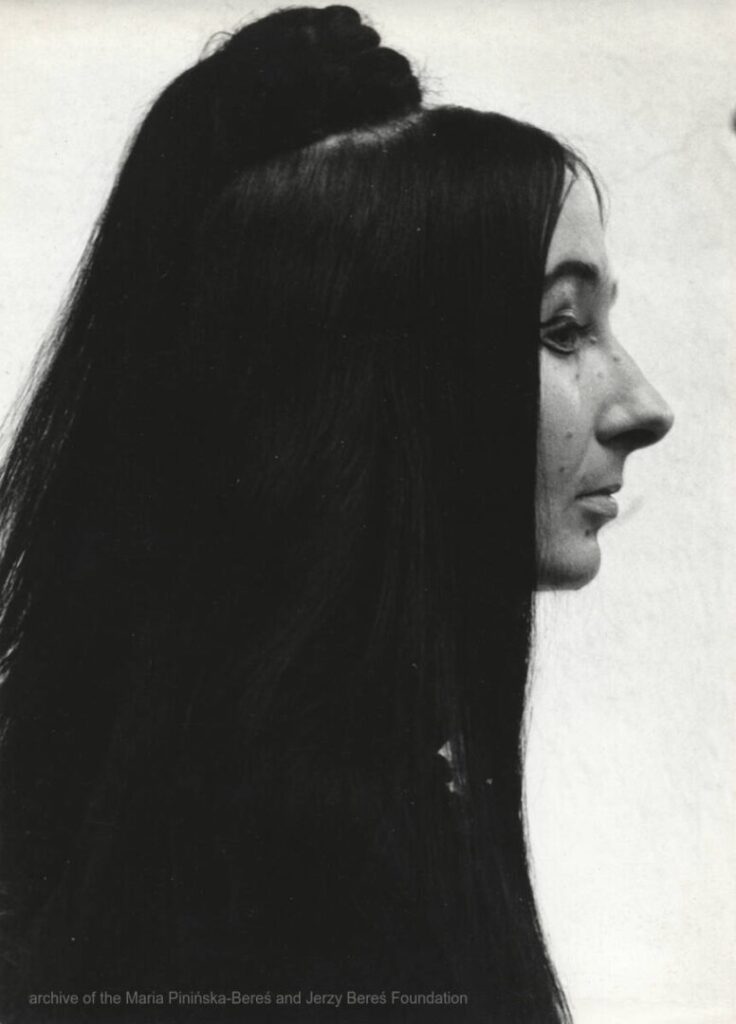
Fervently preoccupied with themes of female corporeality, sexuality, eroticism and freedom, Pinińska-Bereś quickly established herself as a daring and imaginative pioneer of feminist art in Poland, which interestingly enough wasn’t her initial goal. Born in a familial environment best characterised as patriarchal and traditionally Catholic, Pinińska-Bereś belonged to a generation which matured in the times of Stalinism, and censorship — artistic practice emerged first as a site of emancipation and personal exploration, and only consequently, as a study of womanhood. As she herself wrote: ‘Drawing on myself meant to draw on my own experiences – and the “I” was a woman.’
Maria Pinińska-Bereś is featured in See All This #38: Pretty Brilliant Women in the Arts Vol. III. Order a copy here.
